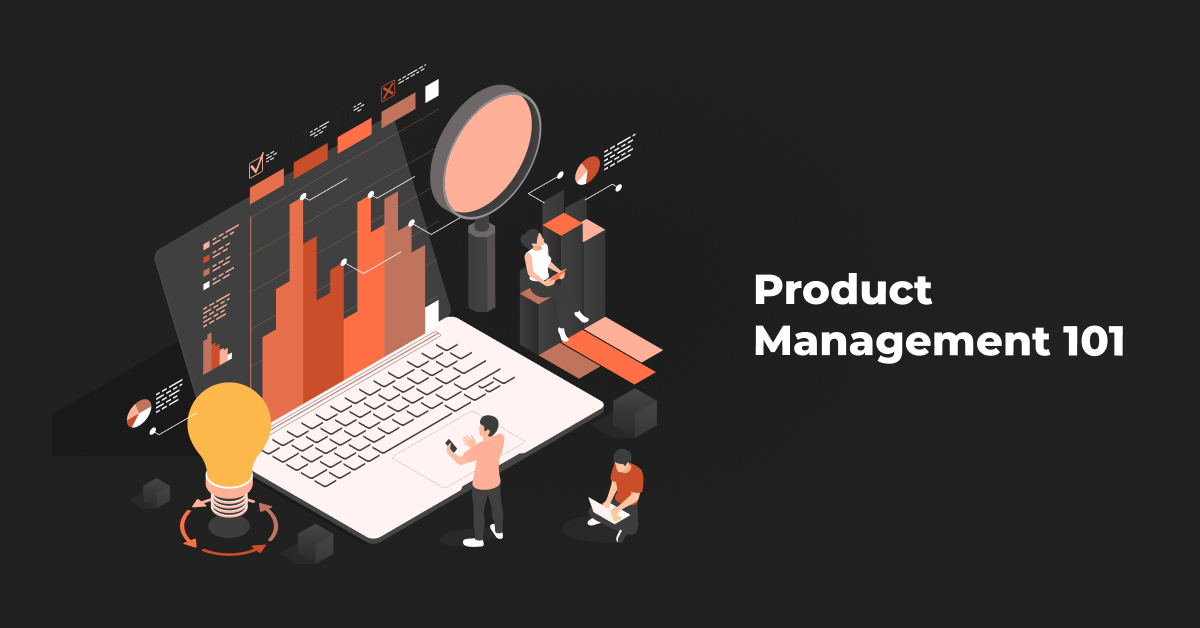I recently had a great chat with Jim Hansen, the Chief Product Officer at Advantive, on the Driven by DCKAP podcast. Jim shared a ton of valuable insights about product management and how to create products that meet customer needs & also help companies succeed. With experience at big names like HP and IBM, Jim has gathered unique insights into the ups and downs of product management.
Navigating the Product Portfolio
One of the key topics we discussed was managing multiple products within a portfolio. It’s a common challenge: one product may be doing great, bringing in revenue and happy customers, while another may be struggling to get off the ground. This scenario leads to a big question for product leaders: how do you decide where to put your time and resources when some products shine while others lag behind?
Jim acknowledged that many teams face difficulties with certain products. He said, “I’ve run into that problem before,” emphasizing the need to understand each product’s specific market and requirements. When one product is thriving but another is struggling, the focus should be on evaluating the situation and making smart decisions.
Assessing Product Viability
So, what’s the game plan for a struggling product? Jim’s first step is a thorough analysis. He stresses the importance of figuring out whether the product still serves a vital purpose in its industry, even if it isn’t performing as well as expected. He posed an interesting question: “If you don’t have the right people, should you continue investing in the product, look for new talent, or just hit the pause button?”
Every situation is different, and Jim recommends focusing on areas within the portfolio that can deliver the most value for the least cost. “Think about what you have and find the places where you can deliver the most value,” he said. This strategic thinking helps leaders prioritize investments and allocate resources wisely.
Building Strong Customer Relationships
A big part of effective product management is maintaining strong relationships with customers. Jim highlighted how crucial it is to understand what customers need and experience. He encourages leaders to engage directly with customers to learn about their challenges and what solutions they are looking for. “Sometimes customers say they want something that I think is silly. I suggest, let’s talk about it,” he recalled.
By interacting with customers and understanding their pain points, product leaders can make informed choices about product changes or pivots. Jim shared how he has adjusted strategies based on what he learned from direct customer interactions. “If you spend time with customers and really get to know them, you’ll make the right decisions more often than not,” he affirmed.
Making Tough Decisions
While it’s important to invest in products that show promise, Jim also understands that not every product will succeed. “You’re going to lose customers every now and then,” he said. Accepting that churn is a normal part of business is essential for leaders. Letting go of products or customers that no longer fit the company’s vision is a hallmark of strong leadership.
Jim has learned that clarity is key in making these tough calls. Knowing what customers need and aligning those needs with the company’s goals helps leaders navigate tricky situations more smoothly. “As long as you understand what they need, you can keep growing and driving business,” he said.
Key Takeaways
Jim’s insights provide a solid foundation for product leaders managing multiple products. He stresses the importance of prioritizing customer needs, delivering value, and being prepared to make tough decisions. By adopting these principles, companies can position themselves for long-term success in a competitive landscape. Here are a few extra tips to consider:
- Prioritize Your Products
When juggling multiple products, it’s essential to figure out which ones need immediate attention. Create a prioritization framework based on factors like market demand, revenue potential, and customer feedback. This helps you allocate resources efficiently and ensures that the most important products get the support they need.
- Delegate and Empower Your Team
As a product manager, it can be tempting to oversee every detail. However, effective delegation is crucial for managing multiple products. Trust your team by assigning specific responsibilities based on their strengths. This lightens our load and also fosters a sense of ownership and accountability.
- Use the Right Tools and Processes
Leverage technology to streamline product management tasks. Use project management and collaboration tools to keep track of timelines and deliverables. Having structured processes can enhance efficiency and keep everyone on the same page.
- Balance Your Workload and Well-Being
Managing multiple products can feel overwhelming. It’s vital to balance your professional responsibilities with personal well-being. Checkin with yourself regularly to assess your workload and adjust priorities as needed. Remember to take breaks and practice self-care to stay focused and effective.
- Be Agile and Adaptable
The market is always changing, and product managers must be ready to pivot when necessary. Stay updated on industry trends and customer needs. Being agile lets you respond to changes quickly and adjust your product strategies.
For anyone interested in diving deeper into effective product management, check out the full conversation with Jim Hansen.
By implementing these strategies and focusing on customer value, you can tackle the challenges of product management with confidence and steer your company toward greater success.
Contents




